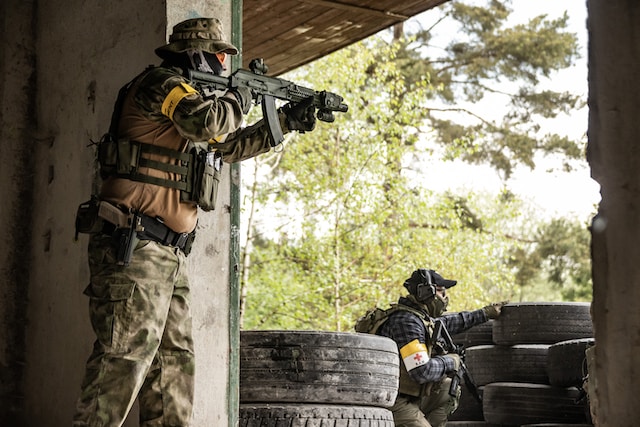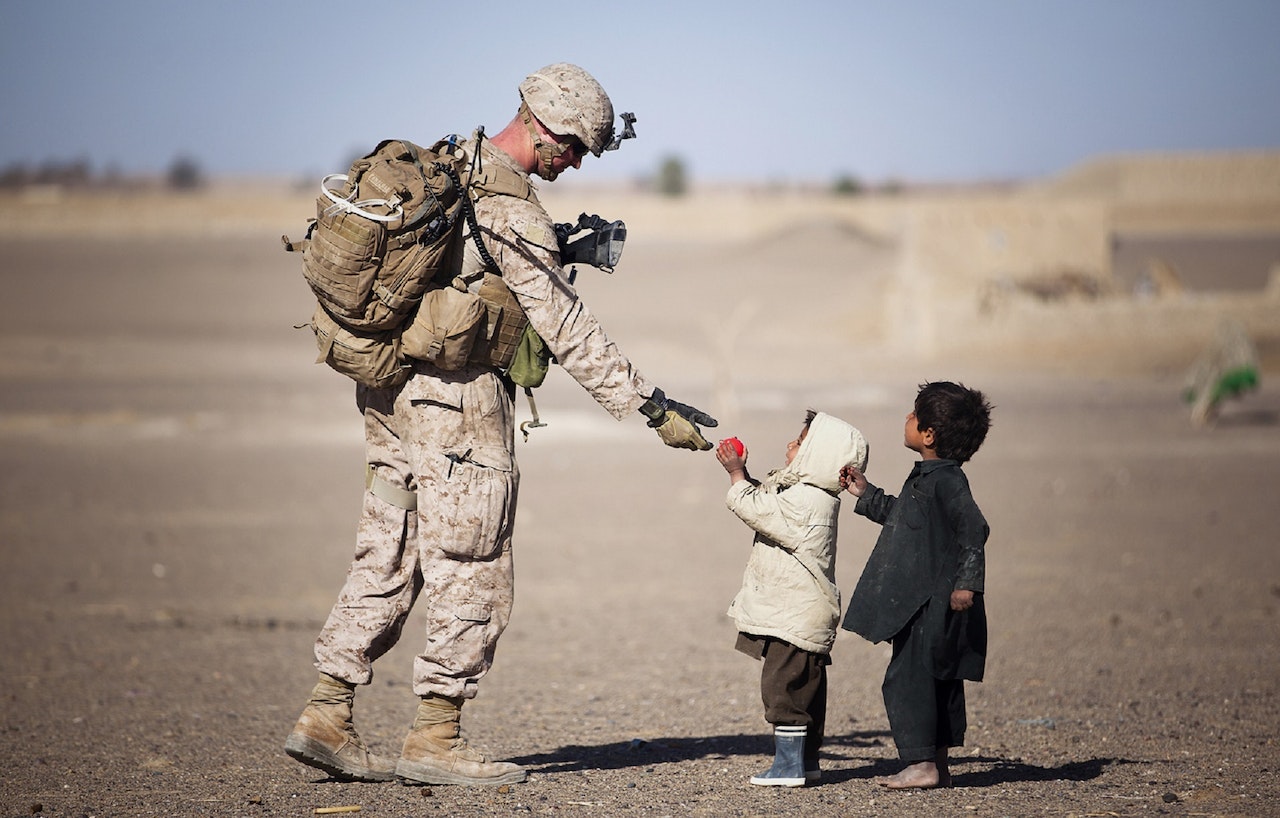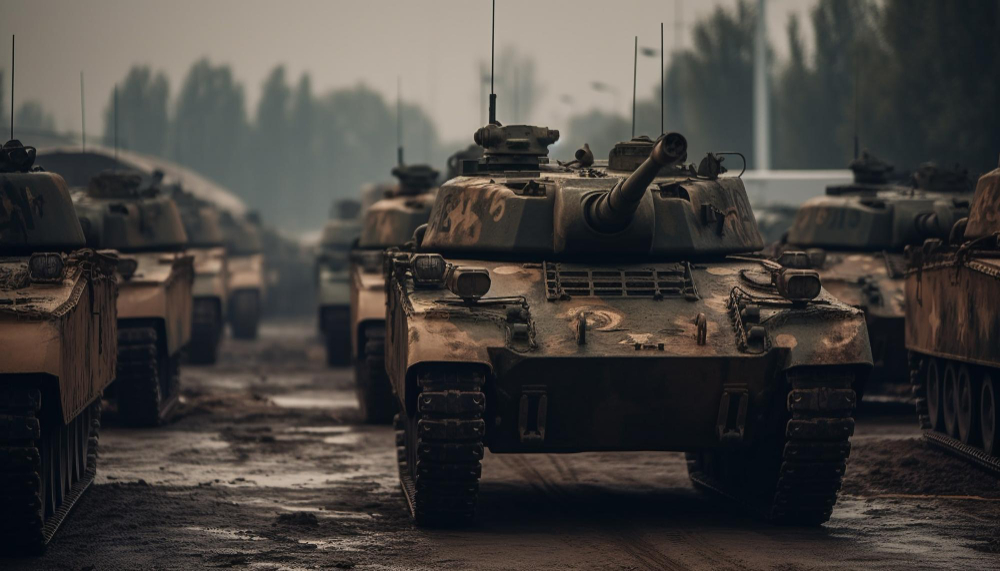As soon as cameras began to capture the fighting, the war became a popular subject for narrative films. While no one can be sure of the exact “first” war film, many historians believe it was probably the minute-and-a-half pro-war film The Tearing Down of the Spanish Flag, shot on a movie set in New York City just after the United States declared war on Spain in April 1898. Hollywood has told the story of every war in American history, although some wars are more popular than others. A relatively small number are based on the War of Independence, including The Patriot (2000) starring Mel Gibson and Revolution (1985) starring Al Pacino. The Civil War was a popular topic in the silent era, but since “the enemy is us,” it has become a war used to tell stories about family conflicts (“brother against brother”), racial issues, or romances. Successful films about the Civil War include The Birth of a Nation (1915), Gone with the Wind, The Red Badge of Courage (1951), Horse Soldiers (1959), and Glory (1989).
The First World War inspired such successful films as The Grand Parade (1925), What Price Glory (made in 1926 and remade in 1952), The Lilac Hour (1928), Wings, Hells Angels, All Quiet on the Western Front, Battle of ’69, Dawn Patrol (made in 1930 and 1938), and Sergeant York. Although World War I films were less popular after World War II, there are later films such as Lafayette Squadron (1958), Paths of Glory (1957), and Blue Max (1966). World War II was the most frequently depicted conflict in American cinema and is discussed in more detail below.
Samuel Fuller is a key figure in the history of American war cinema, as his films are shaped by his own experiences in combat. Fuller became a crime reporter at the age of seventeen and moved to Hollywood to begin writing screenplays in 1936. After the outbreak of World War II, he joined the army, where he served in the Sixteenth Regiment, First Army Division (the “Big Red”), receiving the Bronze Star, Silver Star, and Purple Heart. Fuller fought in the entire European war, from the African campaigns through Sicily and Anzio to the eventual D-Day landings on Omaha Beach. His combat experience was the highlight of his life. Regardless of the scenarios in which his films are set, they all deal with war in some way. In Jean-Luc Godard’s play Pierrot le fou (1965), Fuller, acting as himself, expresses his credo: “A movie is like a battlefield: love, hate, action, violence, death.” Although other filmmakers, such as Oliver Stone, have fought in the battles, it can be said that no filmmaker has served in the trenches as long as Fuller.
Fuller’s war films cover the Second World War (Merrill’s Marauders, 1962; the autobiographical Big Red, 1980), the conflict in Korea (The Steel Helmet, 1951; “Fixed Bayonets, 1951), the Cold War (Pickup Truck on South Street, 1953; Hell and High Water, 1954), and an early representation of the problems in Vietnam pitting the French colonizers against the Viet Minh rebels (The Gates of China, 1957). He also made Verboten (1959, set in postwar Germany); House of Bamboo (1955), about a gang of ex-army men who organize their crime along military lines; and a history of the Indian “wars,” Running Arrow (1957). Only Merrill’s Marauders (1962) is based on a true story about Brigadier General Frank D. Merrill, who commanded the first American infantrymen to fight in Asia, the 5437th Combined Arms Group, which was trained as guerrillas to fight deep behind Japanese lines in Burma.
Fuller’s war films are presented in a distinctive visual style that can be described as martial, to the point where they break cinematic rules. He moves from quick montages to long camera movements, from close-ups to long shots, from real locations to rear projections, and from objective to subjective points of view without first clearly establishing a starting point. Perhaps the definitive statement about war films was made by Fuller: “The only way you can…really give the audience a sense of what it’s like is to fire live ammunition over the heads of the people in the audience.”



